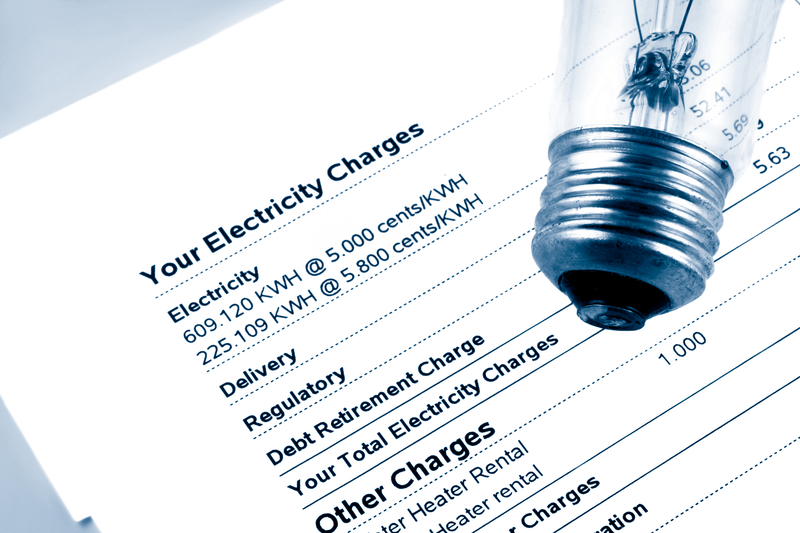This article is your complete guide on how to calculate electricity bills. Whether you’re budgeting or looking to cut down on energy costs, it is always a good idea to know how to calculate your electric bill. To calculate your energy cost, use this equation: Wattage of device x hours of usage x electricity rate = how much you pay to power an appliance or device. Once you’re able to take the time to track your appliances and wattage, calculating your appliance power usage can start to help save you money!
Here at The Energy Professor, we want to give you the information you need to not only save money on your energy bill but to also become more energy efficient. We hope you find this post helpful! And makes it easier for you to know more about how to calculate your electricity bill. Be sure to also check out our one-of-a-kind energy savings calculator!
The Energy Professor Electricity Rate Check Tool
How to Calculate Electricity Bill Overview
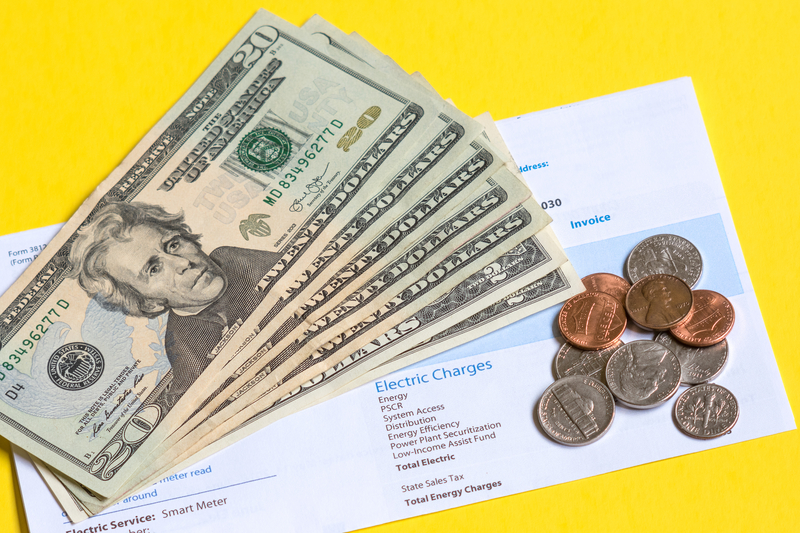
With the rising cost of energy, learning how to calculate electrical costs is a necessary skill. Not only can you keep a better eye on your income, but you can also monitor your electric bill to see if you’re paying too much and see if it is time to switch energy providers. There are some newer homes and apartments that have the ability to calculate electric costs with Smart Home devices! That’s why in this article, we are going to teach you how to calculate your energy usage in a few simple steps. The energy consumption formula will give you the exact cost that each appliance or device is costing you for the month!
From there, you can either see what percentage of cost is going toward each appliance or add them all together to know how to calculate electricity usage in a given time!
Related Post: Complete Guide to the Best Electricity-Saving Devices for Homes
Calculating Electricity Usage – The Basics
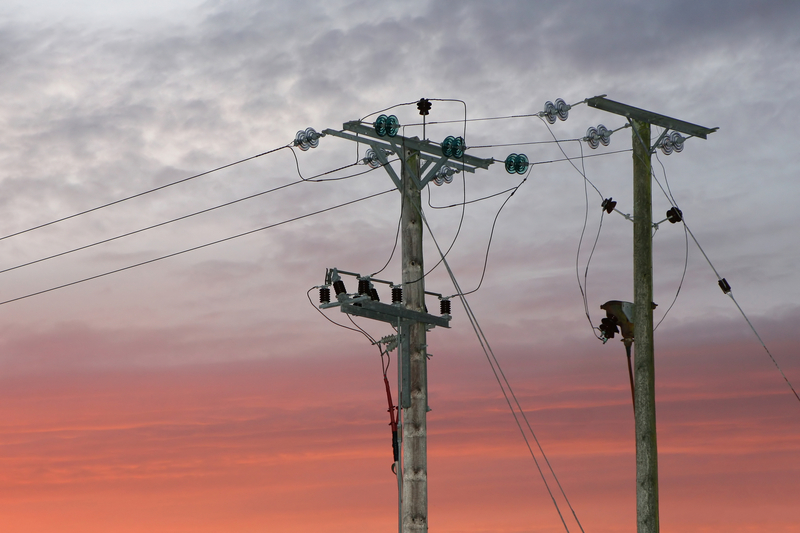
There are a few short steps before we can begin to know how to calculate your electricity bill. For the most accurate electric bill calculation, you will need to record a few numbers from appliances and devices in your home. Each appliance you own will have an energy tag with very important numbers on it, such as the wattage and average yearly cost to operate. You will need these numbers to properly use the average power consumption formula.
Calculating an Electricity Usage Formula
For calculating your electric bill, you can use the following formula to figure out how much money you are spending on an appliance. The wattage of the device x hours of usage x electricity rate = how much you pay to power an appliance or device.
The three components of the formula are:
- Wattage of each appliance (kilowatts or watts)
- Amount of usage (hours)
- Rate of kWh charged by electricity provider
You will need to estimate roughly how much time you spend using each appliance in your home or small business. This is important because the rate you are charged is tracked by the number of kilowatts per hour. When calculating your electricity consumption, you will need to know the price of your kWh electricity rate. This rate will be provided to you by your energy provider based on the contract you signed when starting with the company.
Related Post: Complete Guide to the Best Time to Do Laundry
How to Calculate Electricity Cost – Finding the Electricity Formula Components
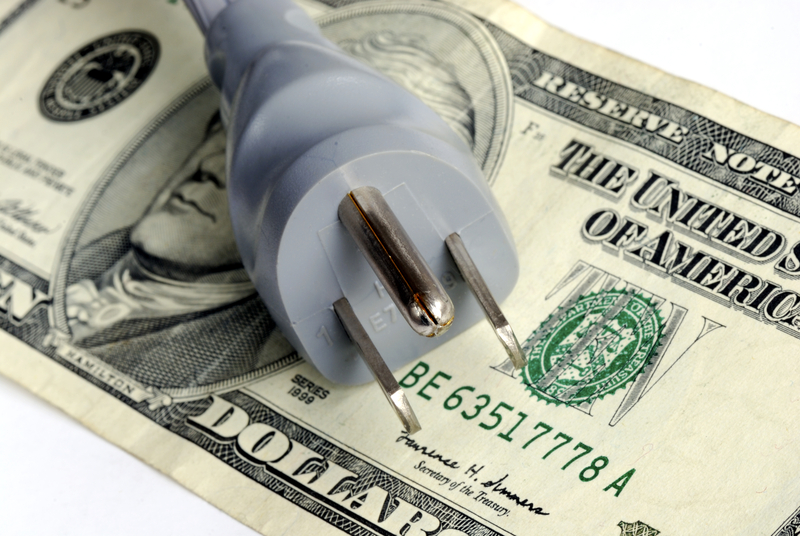
One of the most important portions of calculating energy costs is the part you can control: appliance usage. To properly calculate electric costs, you would figure out how much you pay for each appliance or device in your house per month and add them together. While it is time-consuming, you can figure out exactly how much each appliance is costing you per month, which your average electric bill will not have details on. For this next step, we will take the three components mentioned earlier and come up with a way to generate your electricity bill.
Finding the Wattage of Your Appliance
The simplest way of finding the wattage unit is to look for the Energy Guide label, which should have listed the estimated wattage of your appliance. If that label is not present, you can (more than likely) be able to search for the make and model on the internet to find an estimate. There may also be a metal plate that is faceted onto your appliance, located on the backside. Look for the until “W” or wattage, or “kWh” which is kilowatt-hours.
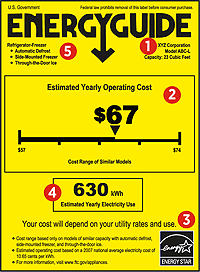
Here is an example with kWh per year already estimated for you. Some labels will not have that number already figured out, so to fully calculate the energy cost for your appliance, let’s do the full formula. For our purposes, let’s pretend we are figuring out the wattage for our TV. The Energy Guide label states that it is a 120-watt television.
– Remember 120 watts.
Amount of Usage (Hours)
The average American spends about 4 hours watching TV a day. We are going to use that number for our electricity bill calculation formula. For your calculation, you are going to want to track the amount of time you spend watching television a day.
– 4 hours for the amount of usage.
Rate of kWh Charged by Electricity Provider
You are going to get this number directly from the utility company bill that they send you each month. This would have been a number that you agreed to when signing a contract with your current electricity provider. Most rates are charged in cents.
For our formula, we are going to go with $0.13 kWh to calculate electricity cost.
Related Post: How Many Watts in One Kilowatt Hour?
How to Calculate Electricity Bill – Putting It All Together
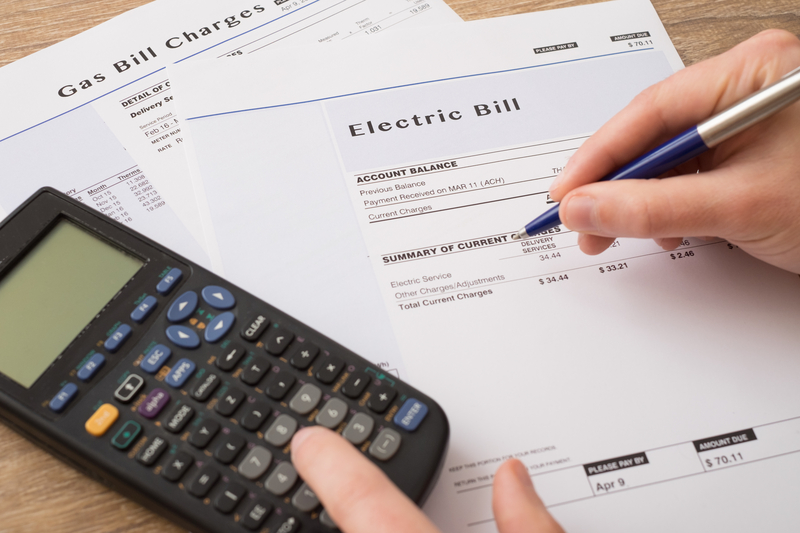
Now that we have all of the important components figured out, it’s time to put together a formula to know how to figure out your electric bill! For this example, we are going to use hypothetical numbers for a television that might be in your home. We are going to do a little bit of math, but there is nothing beyond a simple calculator or phone to use this formula.
What is the formula to Calculate the Electricity Bill?
Electricity Cost = Power (in kilowatts, kW) x Time (in hours, h) x Rate (in dollars per kilowatt-hour, $/kWh)
For example, if a 1,000-watt (1 kW) appliance is used for 2 hours at a rate of $0.15 per kilowatt-hour, the electricity cost would be:
Electricity Cost = 1 kW x 2 h x $0.15/kWh Electricity Cost = $0.30
Therefore, using this appliance for 2 hours would cost $0.30.
How to Calculate Energy Consumption
Let’s determine electricity usage for an average TV in the home.
Your TV is 120 watts, and you watch it for four hours a day.
- 120 x 4 = 480 watts per hour
Next, to charge your rate properly, we must convert it to kilowatts. To get to kWh (kilowatt-hour), you must multiply the hours by the wattage first. There are 1000 watts in one kilowatt. To calculate your bill, take 480 divided by 1000.
- 480/1000 = .48 kwh
Now that we have the kWh usage, we can multiply by your rate! That is the number we found on your electric bill.
- .48 x .13 cents = .06 per day.
For this television, you are paying about 6 cents per day to operate it. If you want to know how to compute your electric bill per appliance by the month, multiply that by 30.
- .06 x 30 = $1.87 per month!
At the end of our calculation, we learned that our TV is costing us about $1.87 per month.
Related post: Complete Guide on How to Lower Your Energy Bill; 8 Tricks to Reduce Your Energy Bill
How to Calculate Electricity Bill – Conclusion
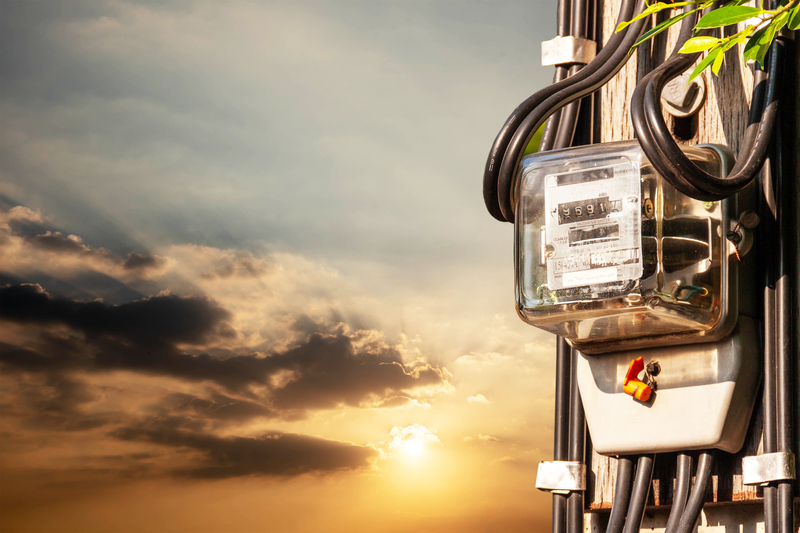
As you can see, this method of knowing how to compute your monthly electric bill is simple, but also a bit time-consuming. If you want to figure out how to calculate your electricity bill, you can do this formula for each appliance or device in your home that you use and add them together. You should get a rough estimate as to what you can expect your next electricity bill to look like.
Other Factors to Consider When Calculating Your Energy Bill:
- Electric supply charge
- Electric delivery charge (Transmission rates, distribution rates, transition rates)
- Energy Conservation Charge
- Renewable Energy Charge
- Distribution Demand Charge
There are current tools, like smart devices, on the market to help you know how to estimate your electric bill more easily. These smart devices come for a cost but will keep track of all of your electrical usage and let you know where you can save some cash. That means you would no longer need to know how much electricity an appliance uses by these calculations!
But we’ve broken down all of those charges in our article here: Complete Guide to Electric Delivery Vs Electric Supply
Tips on Reducing Your Electric Bill
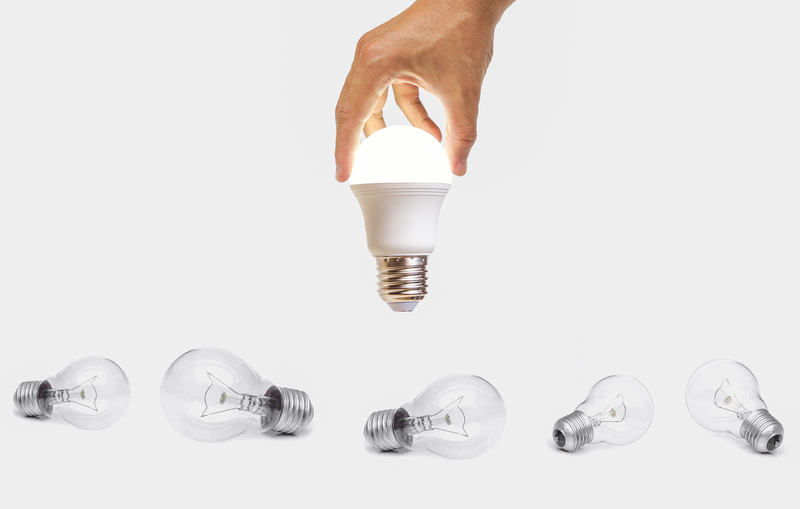
Now that we know how to calculate the electric consumption of appliances, you may be shocked by how much energy you use on each! There are many different reasons as to why your electric bill is so high, including vampire appliances and inefficient insulation on your home or small business.
Reduce the Amount of Time You Use Appliances
Consider unplugging all appliances that you do not use regularly! Purchase timer plugs or smart sockets to make sure you aren’t using any extra energy. Doing so will shock you the next time you calculate your electricity bill. Also, when doing the laundry, try and make a large load and wash your clothes at lower temperatures. You can also hang dry certain articles of clothing to cut down on drying costs. When running your dishwasher, make sure it is full and run a shorter cycle.
Switch to LED Light Bulbs
The cost of traditional light bulbs will drive up your energy bill if you haven’t switched over to LED. LED light bulbs can last up to 20 years and technically never burn out like traditional bulbs. The upfront costs may be higher, but you will be saving a significant amount by switching out to these energy-friendly options.
Switch Your Energy Provider if Possible
If you live in a deregulated energy market state, you have competitive choices when choosing an energy provider. If you’ve learned how to bill your electricity, and your kWh rate seems high, you may want to research your energy market.
The following states have deregulated energy markets:
- Delaware
- Connecticut
- Illinois
- Maine
- Maryland
- New Hampshire
- Massachusetts
- New York
- Texas
- Ohio
- Pennsylvania
- New Jersey
Unfortunately, if you do not live in a state with a deregulated energy market, you will be stuck with your kWh rate. Learn more about Switching Energy Providers here.
How to Calculate Electricity Bill FAQ

Q: How much is the average electric bill?
A: The average household spent approximately $122 per month on electricity in 2021. This is due to the rising cost of electricity, with the average kilowatt-hour (kWh) rate being around $0.15 for the average consumer.
Do you Need Cheaper Electricity?
If you’ve taken the time to understand the information on your bill and discovered you’re paying more than you’d like for your electricity, have you looked around for a cheaper deal? The Energy Professor has a wealth of information on ways to save on your utilities, including details of top deals that could significantly reduce your monthly or quarterly electricity bills.
We hope you found this article helpful! If you are looking for ways to increase the energy efficiency and sustainability in your home be sure to take a look at all of the latest renewable energy options in your area. The Energy Professor helps residential and small business owners find qualified energy suppliers in New York, New Jersey, Pennsylvania, Texas, Ohio, Maryland, Illinois, and Massachusetts

